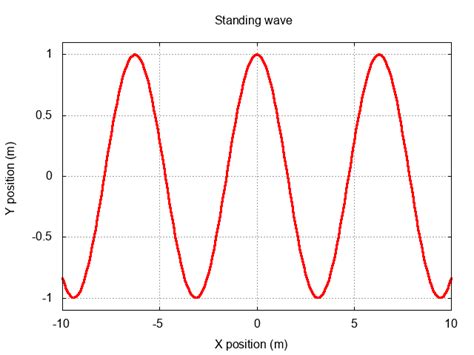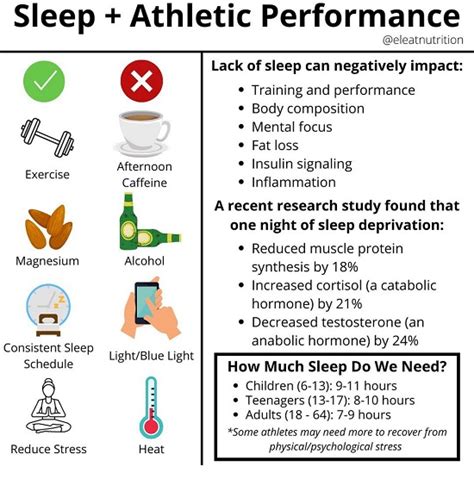For peak male performance, how do I break strength plateaus and optimize muscle recovery?

For men dedicated to achieving peak physical performance, hitting a strength plateau can be one of the most frustrating obstacles. Equally crucial, yet often overlooked, is the science of muscle recovery, which dictates how effectively your body adapts and grows from your training efforts. This article delves into advanced strategies to not only smash through those strength barriers but also to optimize your recovery processes, ensuring continuous progress and sustained high performance.
Understanding Strength Plateaus: Why They Happen
A strength plateau occurs when your body adapts to your current training stimulus, and simply doing more of the same yields diminishing returns. This can be due to insufficient progressive overload, inadequate recovery, poor nutrition, or even mental fatigue. Breaking free requires a strategic shift in your approach.

Strategies to Shatter Strength Plateaus
1. Implement Periodization and Deloads
Varying your training intensity, volume, and exercises over time (periodization) prevents adaptation and keeps your body guessing. This could involve cycles of heavy lifting, higher volume, or even different rep ranges. Incorporating regular deload weeks—reducing volume and intensity significantly—allows your central nervous system and muscles to fully recover, making you stronger for the next training block.
2. Manipulate Training Variables
- Rep Ranges: Don’t stick to just 8-12 reps. Experiment with heavy sets of 3-5 reps for strength gains, and higher reps (15-20+) for hypertrophy and endurance.
- Tempo Training: Control the eccentric (lowering) and concentric (lifting) phases of an exercise. A slower eccentric phase can increase time under tension and muscle damage, stimulating growth.
- Advanced Techniques: Introduce drop sets, supersets, pyramid sets, or rest-pause sets judiciously to increase training density and intensity.
- Exercise Variation: Swap out primary exercises for similar, but slightly different, movements (e.g., barbell bench press to dumbbell bench press, back squats to front squats) to target muscles from new angles.

Optimizing Muscle Recovery: The Foundation of Growth
Training breaks down muscle; recovery builds it back stronger. Neglecting recovery is like planting a seed and forgetting to water it. For peak male performance, recovery must be prioritized.

1. Prioritize Nutrition and Hydration
- Protein Intake: Aim for 1.6-2.2 grams of protein per kilogram of body weight daily to support muscle repair and growth. Distribute intake evenly throughout the day.
- Complex Carbohydrates: Replenish glycogen stores, especially post-workout, to fuel future sessions and aid recovery.
- Healthy Fats: Support hormone production and reduce inflammation. Include sources like avocados, nuts, seeds, and fatty fish.
- Micronutrients: Ensure a diet rich in fruits and vegetables for vitamins, minerals, and antioxidants essential for cellular repair and immune function.
- Hydration: Drink plenty of water throughout the day. Dehydration can impair performance and recovery.
2. Master Your Sleep
Sleep is arguably the most powerful recovery tool. During deep sleep, your body releases growth hormone and repairs tissues. Aim for 7-9 hours of high-quality sleep per night. Establish a consistent sleep schedule, optimize your sleep environment, and avoid screens before bed.

3. Incorporate Active Recovery and Mobility
Light activity, such as walking, cycling, or swimming, can increase blood flow to muscles, helping to flush out metabolic waste and deliver nutrients without adding significant stress. Stretching, foam rolling, and dynamic mobility drills improve flexibility, reduce muscle soreness, and enhance range of motion, reducing injury risk.
4. Manage Stress Effectively
Chronic stress elevates cortisol levels, which can hinder muscle growth and recovery. Incorporate stress-reduction techniques like meditation, deep breathing exercises, spending time in nature, or engaging in hobbies.
The Holistic Approach to Sustained Performance
Achieving peak male performance isn’t just about what you do in the gym; it’s about how you support your body outside of it. A synergistic approach combining intelligent training, diligent recovery practices, and a healthy lifestyle is key. Listen to your body, track your progress, and be consistent. Remember, adaptation is a continuous process, and the journey to peak performance is ongoing.









